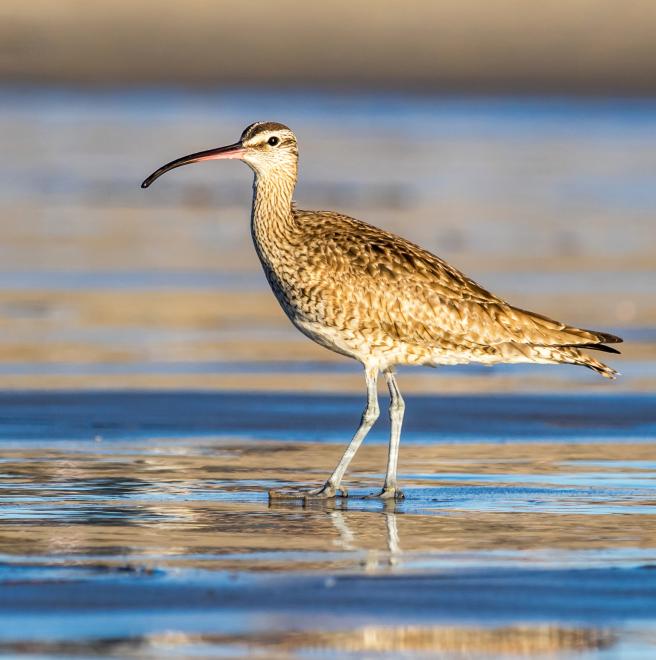

This powerful flier and accomplished migrant occurs widely in open habitats usually near coasts. As an arctic breeder, most of this species' summer distribution is too remote. As such, Audubon's climate model currently lacks sufficient data to make a forecast for the summer. On the wintering grounds, the model projects a 78 percent loss of current range by 2080. There is some expansion potential, but only if changing hydrological and land-use patterns parallel the changing climate.
Explore more birds threatened by climate change around the country.





















It's easier than you think to make a difference. Become an Audubon member today to help birds facing climate change.